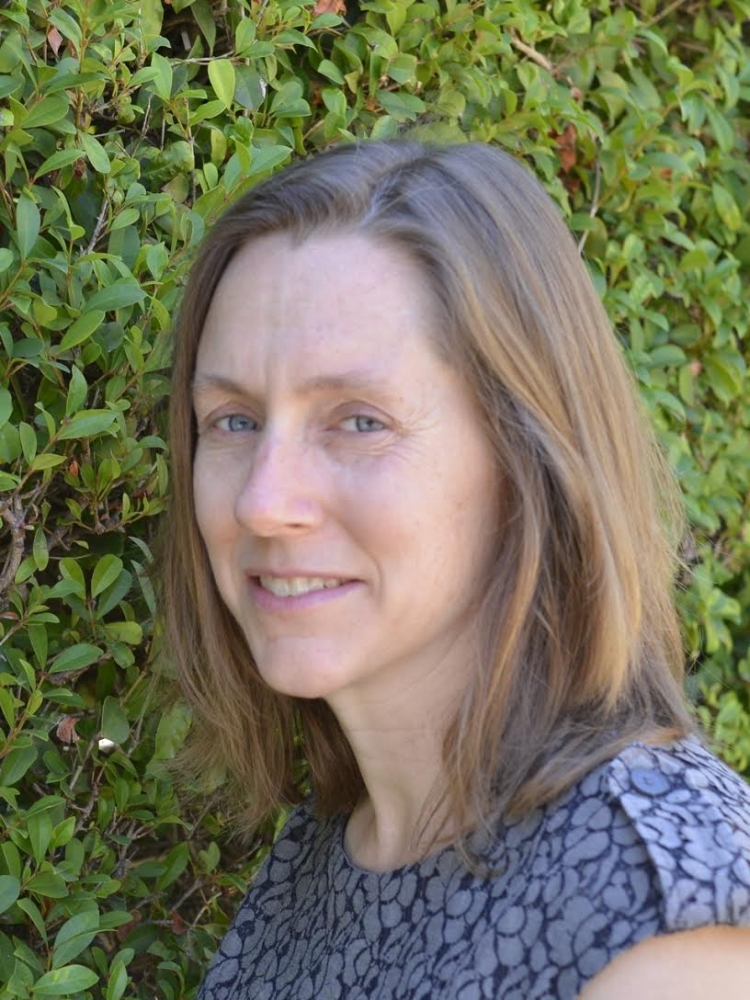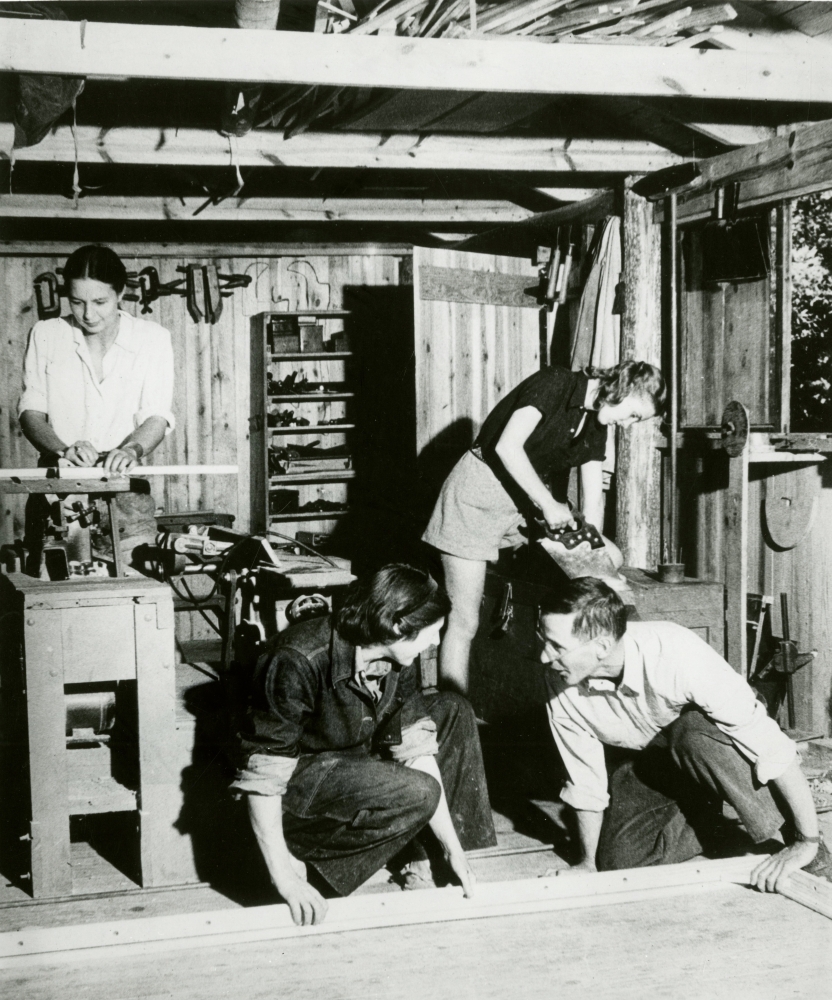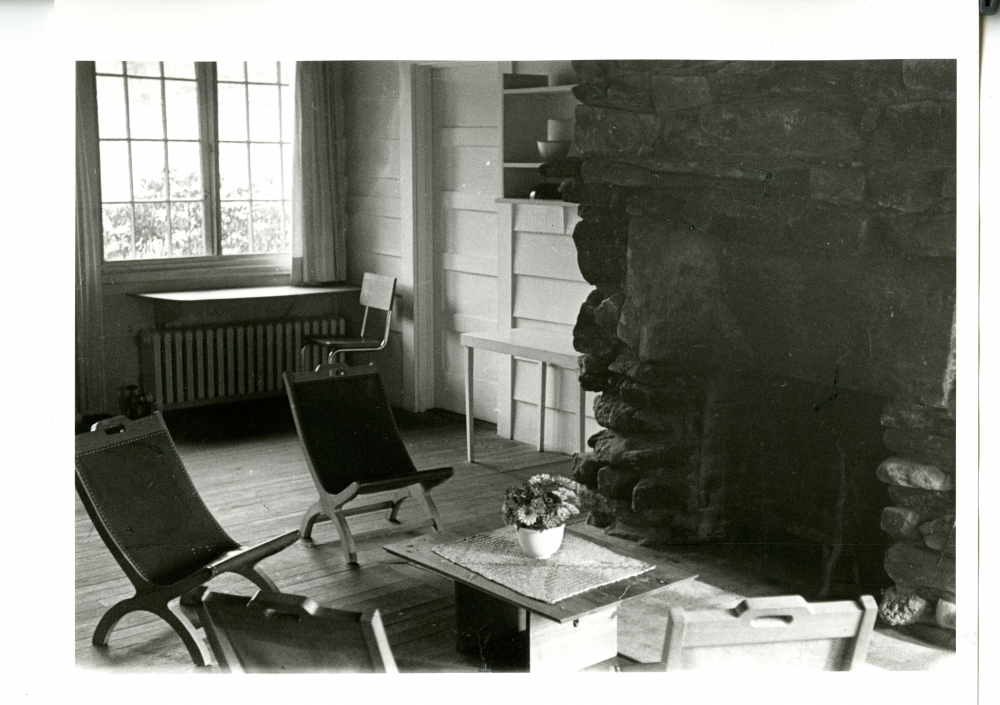Reinventing Work

Starting in the 1930s and for more than three decades, the famed choreographer Martha Graham frequently collaborated with Isamu Noguchi, a sculptor and woodworker who created hand-crafted props for more than 20 Graham productions. Some of Noguchi’s unique pieces still exist — and are still being staged — even today.
Scholar Holly Gore has seen and studied many of them. A doctoral candidate in the history of art and architecture at UC Santa Barbara, Gore has been researching Noguchi and three other American designers of the era for her dissertation. That ongoing effort — she aims to complete her Ph.D. in 2019 — has now earned Gore major acclaim.
For her project “Reinventing Work: Modernist Wood and Skilled Trade, 1940-1970,” Gore has been awarded a 2018-2019 Luce/ACLS Dissertation Fellowship in American Art from the American Council of Learned Societies. Of the 10 advanced graduate students selected for their promising research in object- and image-based U.S. art history, she is the only from the UC — and in fact one of only two from any California institution — to be so recognized this year.
“I’m so thrilled and grateful,” Gore said of the honor. “Now I can go forward and know I’ll have the time and the funds to complete my research. I’m looking forward to just settling down to write it all. I’m thrilled to have the Luce funding to be able to do this work. It means so much.”
Said John Majewski, dean of humanities and fine arts at UCSB, “A Luce/ACLS Dissertation Fellowship is a highly prestigious award. That Holly was the only recipient from the UC system speaks to the excellence of her own work as well as the strength of our Ph.D. program in the History of Art and Architecture.”
Aiming with her project to demonstrate that “by reframing the physical labor they performed, modernist woodworkers subverted class distinctions and reinvented work,” Gore is examining the careers of Mary Gregory, George Nakashima, J.B. Blunk and Noguchi through the lens of skilled trade. Her research is taking her from North Carolina to Northern California, and from Washington D.C. to New York, as she digs into archives and goes to see some of the artists’ creations up close.
“I’m looking at a particular aspect of 20th century American design, after the second World War, when the modern design in the U.S. that’s so popular now really came into its own,” Gore explained. “During this time, a lot of designers created projects that not only had an aesthetic interest, but also were laden with values and they invited both makers and users to participate in abstract values and ideas. My project focuses on how designers and sculptors working in wood participated in this trend.”
Embedding their practices in carpentry and furniture-making, some modernist sculptors and designers, Gore noted, crafted abstract forms and used what she called “cutting-edge visual vocabularies in the making of functional objects.” Yet by participating in established woodworking trades, they also “made themselves vulnerable to class distinctions that might have marked their works as merely manual had they not also been forward thinking in how they conceived their artisanry.” Gore is investigating how these designers navigated the intersections of avant-garde art, applied design and skilled trade.
“I am a woodworker coming from a craft background,” said Gore, who previously worked as a cabinet builder and exhibition designer in the Bay Area. “Always in the background was this idea of studio woodworking being ‘real’ woodworking, and I got really interested in that — this particular emphasis on the kind of working and the situation in which the work was done, not just on the objects being created. That’s when I started to look at these other people, and a lot of what they were concerned with was reinventing work and finding a place for skill in modernist designs.”
With her fellowship, Gore will receive a stipend of $32,000 and up to $4,000 for travel and research during the 2018-19 academic year. The Luce/ACLS Dissertation Fellowship program is supported by a grant from the Henry Luce Foundation.
“This fellowship program has supported nearly 300 exceptional emerging scholars of U.S. art history as they research and write their dissertations,” said Matthew Goldfeder, director of fellowship programs at ACLS. “This year’s 10 awardees carry on the program’s tradition of identifying and supporting the next generation’s leading scholars in the field as they develop original and significant contributions to knowledge.”





